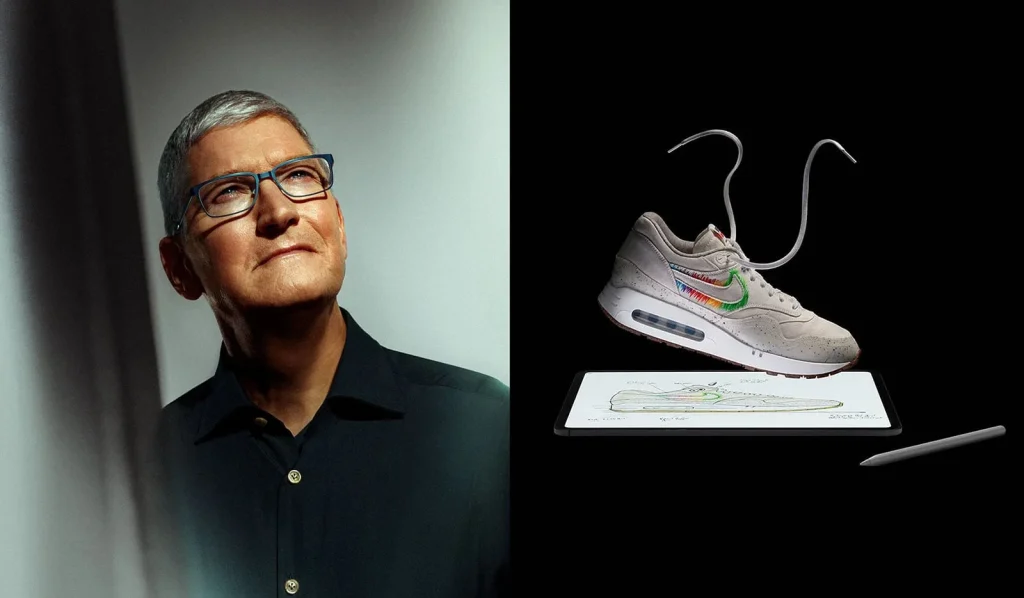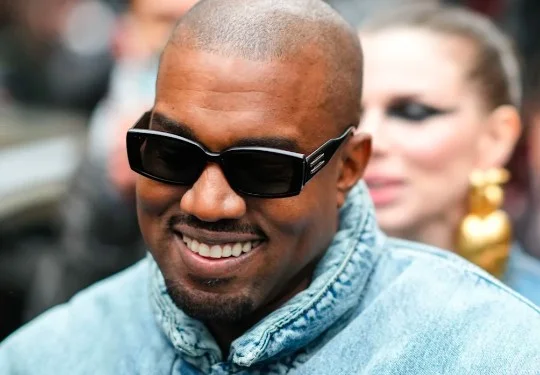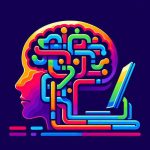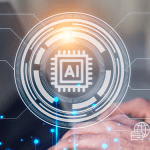Picture Dr. Aisha Bello, a dedicated physician whose days blur into a whirlwind of patient visits, endless forms, and sleepless nights. She’s one of millions of doctors worldwide caught in a burnout crisis, where exhaustion and frustration threaten to steal their passion for healing.
Now, artificial intelligence (AI) steps onto the stage, promising to transform healthcare. But is it a lifeline for weary doctors like Aisha, or a new burden that could break them? This is the story of medicine’s greatest challenge and the tech that could change everything.
A Doctor’s Breaking Point
Aisha’s mornings start before sunrise. By 6 a.m., she’s at the clinic, facing a packed schedule. Patients pour in with ailments ranging from colds to chronic conditions. Between appointments, she wrestles with clunky electronic health records, typing notes while her coffee goes cold.
The emotional toll is heavy, comforting a grieving family, delivering tough diagnoses. Burnout, marked by fatigue and detachment, affects over half of physicians, studies suggest.
The pandemic stretched Aisha’s resilience thin, and with an aging population demanding more care, she’s nearing her limit. Many colleagues have already quit, leaving gaps that make her days even harder.
AI Enters the Scene: A Glimmer of Hope?
Enter AI, a bold new character in this drama. Imagine a tool that transcribes Aisha’s patient conversations, turning spoken words into polished notes. No more late-night data entry.
AI diagnostics scan X-rays and lab results, flagging issues for her to review, saving precious minutes. In telemedicine, chatbots handle basic questions, like medication schedules, freeing Aisha for complex cases.
Smart scheduling systems streamline her day, preventing chaotic overbooking and carving out time for a quick breath.
These tools aren’t fiction. Early adopters report AI cutting administrative tasks by up to 40%, giving doctors more time with patients.
For Aisha, this could mean rediscovering why she became a doctor: to connect, heal, and make a difference. The promise is tantalizing, a chance to escape the grind and find balance.
The Twist: AI’s Hidden Costs
But the story takes a darker turn. AI’s arrival isn’t seamless. Aisha’s hospital introduces a new system, but it’s riddled with bugs.
Learning it steals hours she doesn’t have. When AI flags too many alerts, she’s buried in notifications, risking missing critical ones. “What if I trust it too much?” she wonders, rechecking outputs to avoid errors. This extra work fuels her stress, not eases it.
Patients notice a shift too. They crave Aisha’s warmth, but AI-driven interactions can feel robotic. She worries about over-relying on algorithms, especially if they carry biases that misdiagnose certain groups.
Job fears linger, AI won’t replace her, but it could shift her role, adding uncertainty. Instead of relief, AI sometimes feels like another hurdle in an already grueling race.
The Path Forward: A Delicate Balance
The climax hinges on execution. If hospitals involve doctors like Aisha in designing AI tools, the outcome could be transformative. User-friendly systems, thorough training, and clear guidelines can make AI a partner, not a foe.
Pairing tech with mental health support, counseling, shorter shifts, could tackle burnout holistically. Aisha’s clinic tests this approach, and she notices a shift: more time listening to patients, less battling software.
The Unwritten Ending
This story’s end depends on us. AI could lift doctors from burnout’s grip, but only if it’s built to serve them.
Will it let Aisha thrive, or push her closer to collapse? The next chapter is ours to shape, blending innovation with the human touch that defines medicine.























